This is a plant that whenever I see it in the bush or in a garden situation I wonder why I don’t use it more often, I love the soft fury leaves and large structured panicle heads that hold hundreds of tiny nectar rich flowers. The stems and new leaves are a deep bronze and contrast nicely with the adult green leaves.
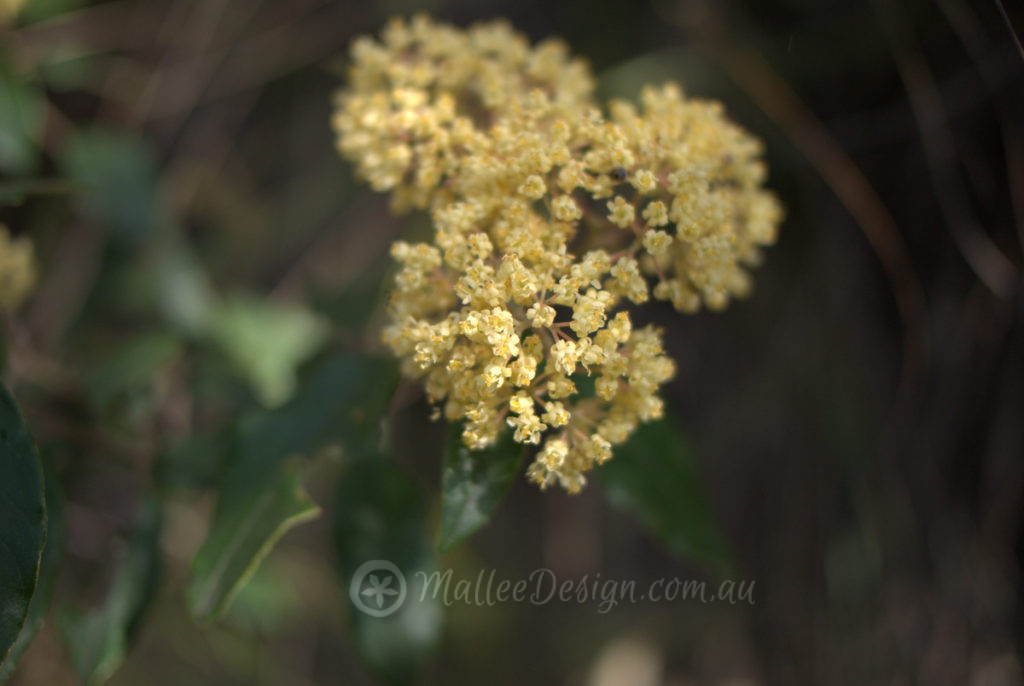
Pomaderris lanigera puts on a wonderful show in spring and grows well in the harshest conditions, from dry shade to full sun, it is often found along creek banks and in moist gullies.
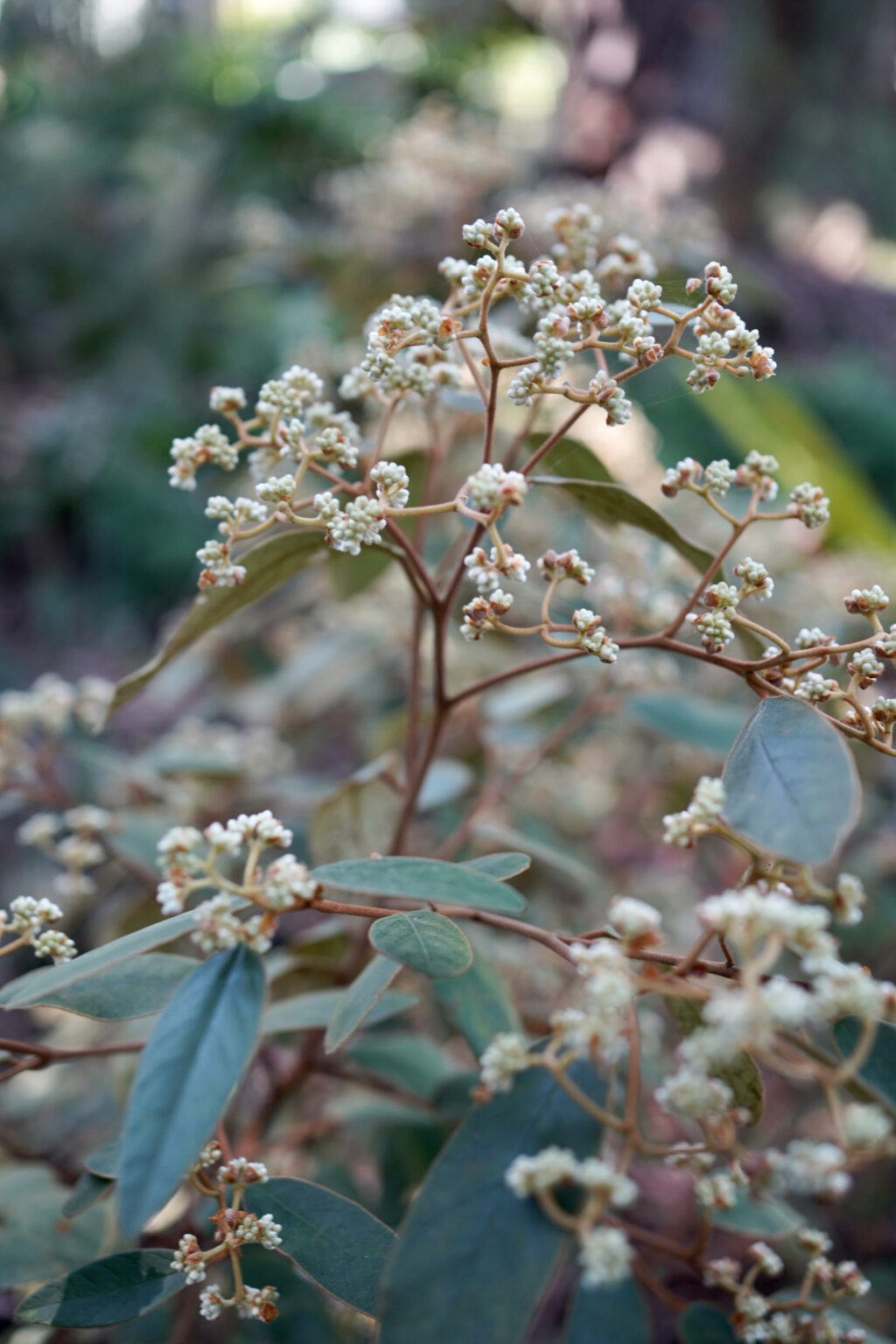
It can be hard to get your hands on this plant as it is hard to propagate from seed. It is a great mid-storey species.
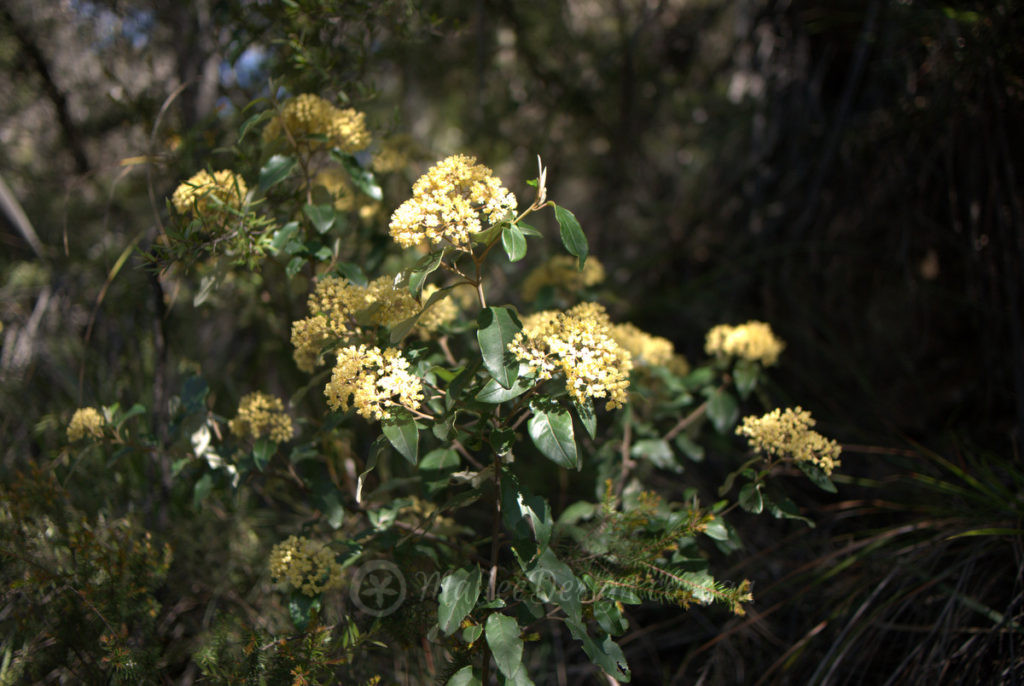
This is a quick growing species to between 1 and 3 metres it could be pruned to create a feature shrub or used as habitat in a wildlife garden. Pomaderris lanigera can be found growing naturally all along the NSW coast and inland past the border ranges.
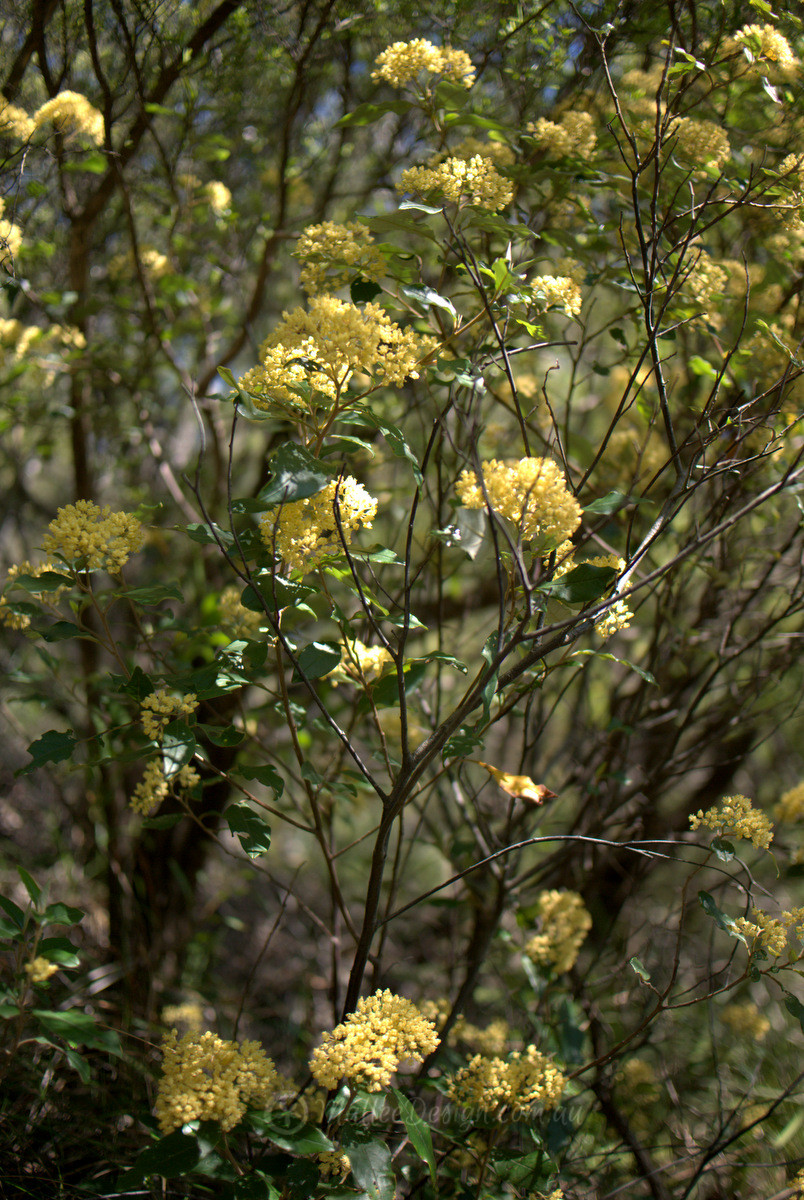
This plant should be able to be sourced from local council nurseries or bush regeneration growers, as its seeds are often collected for Natural Area restoration.
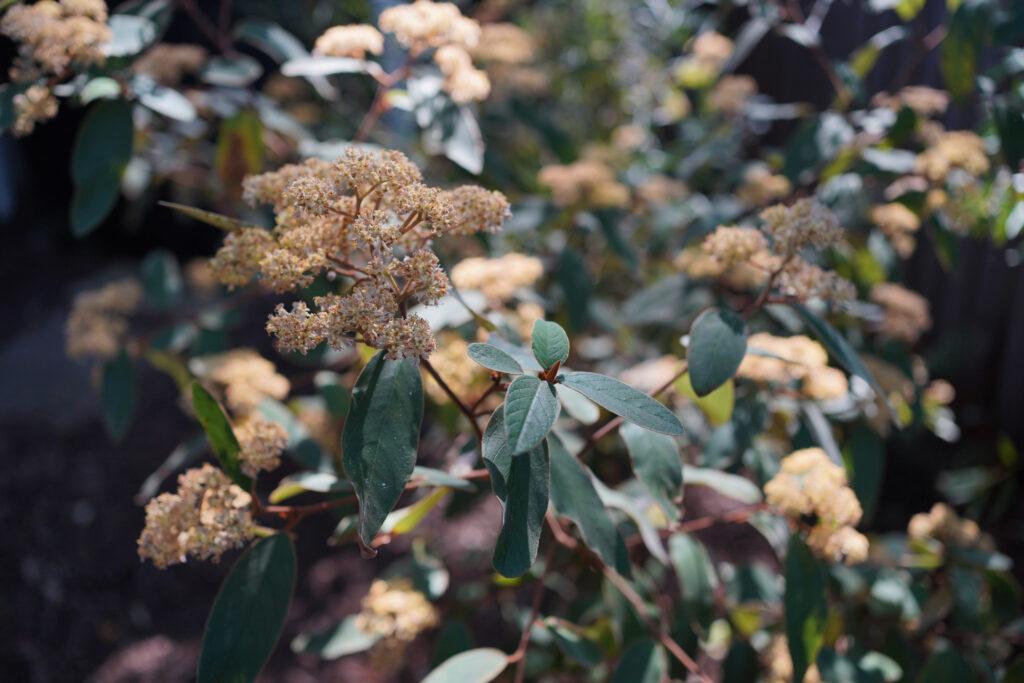
They require moist well drained soils and can suffer from wet feet and die back, however I have been growing mine in a clay soil and they are very happy.
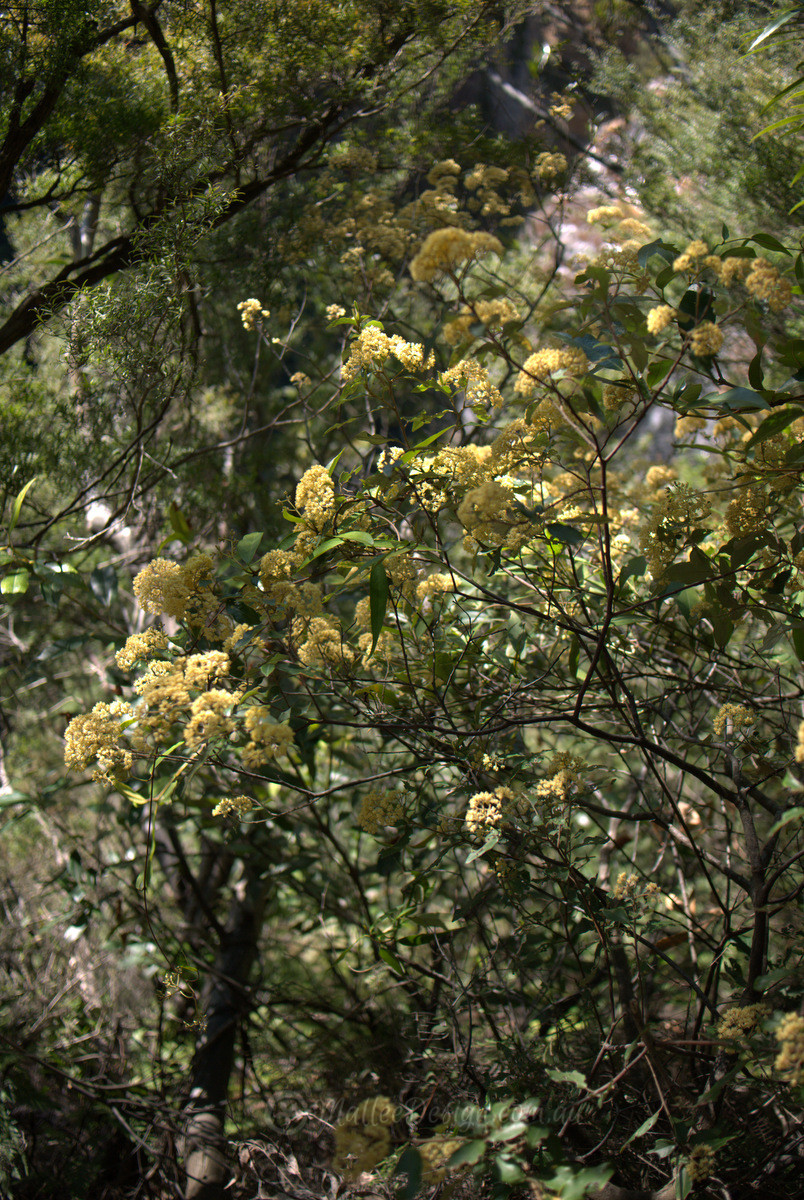

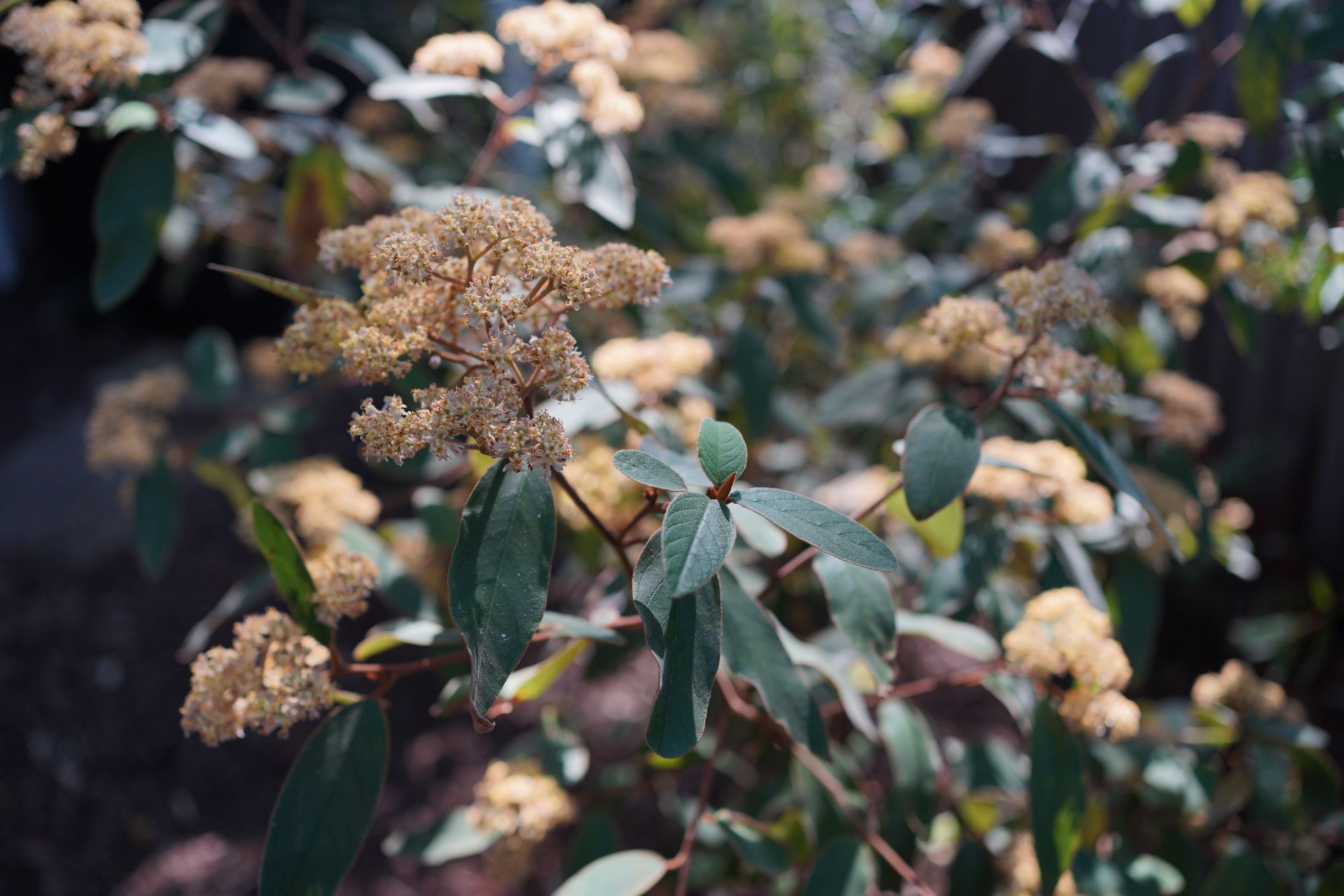

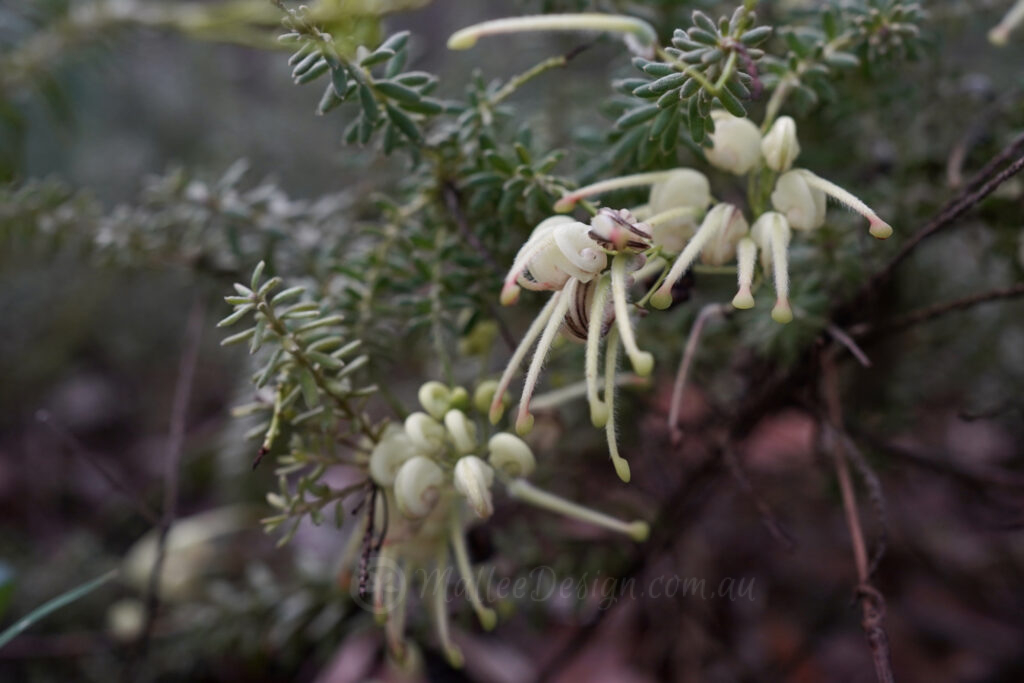
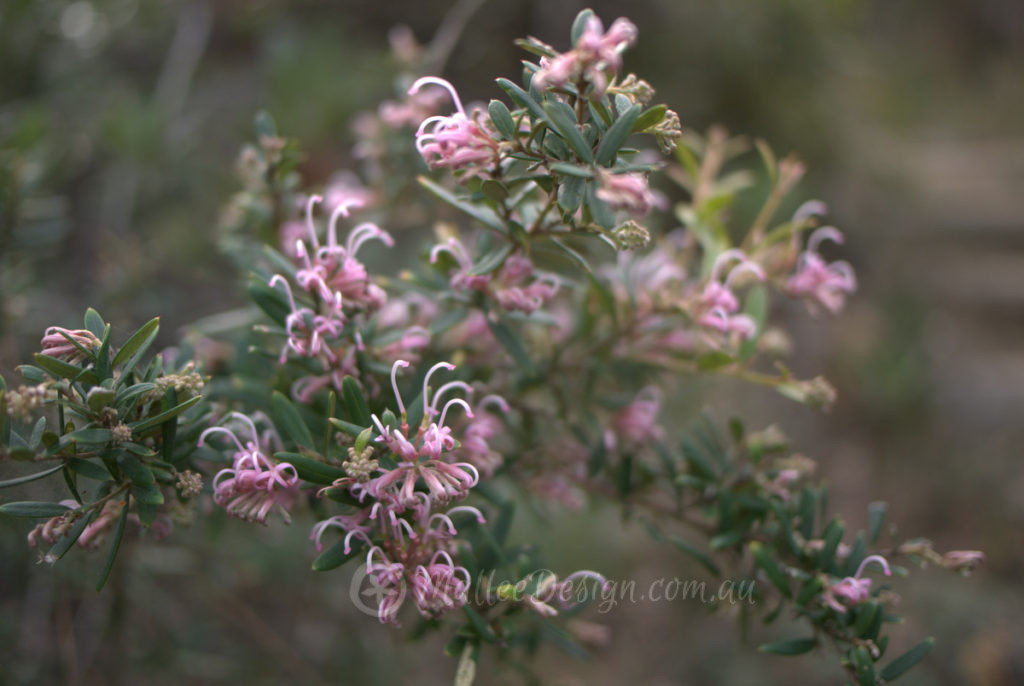
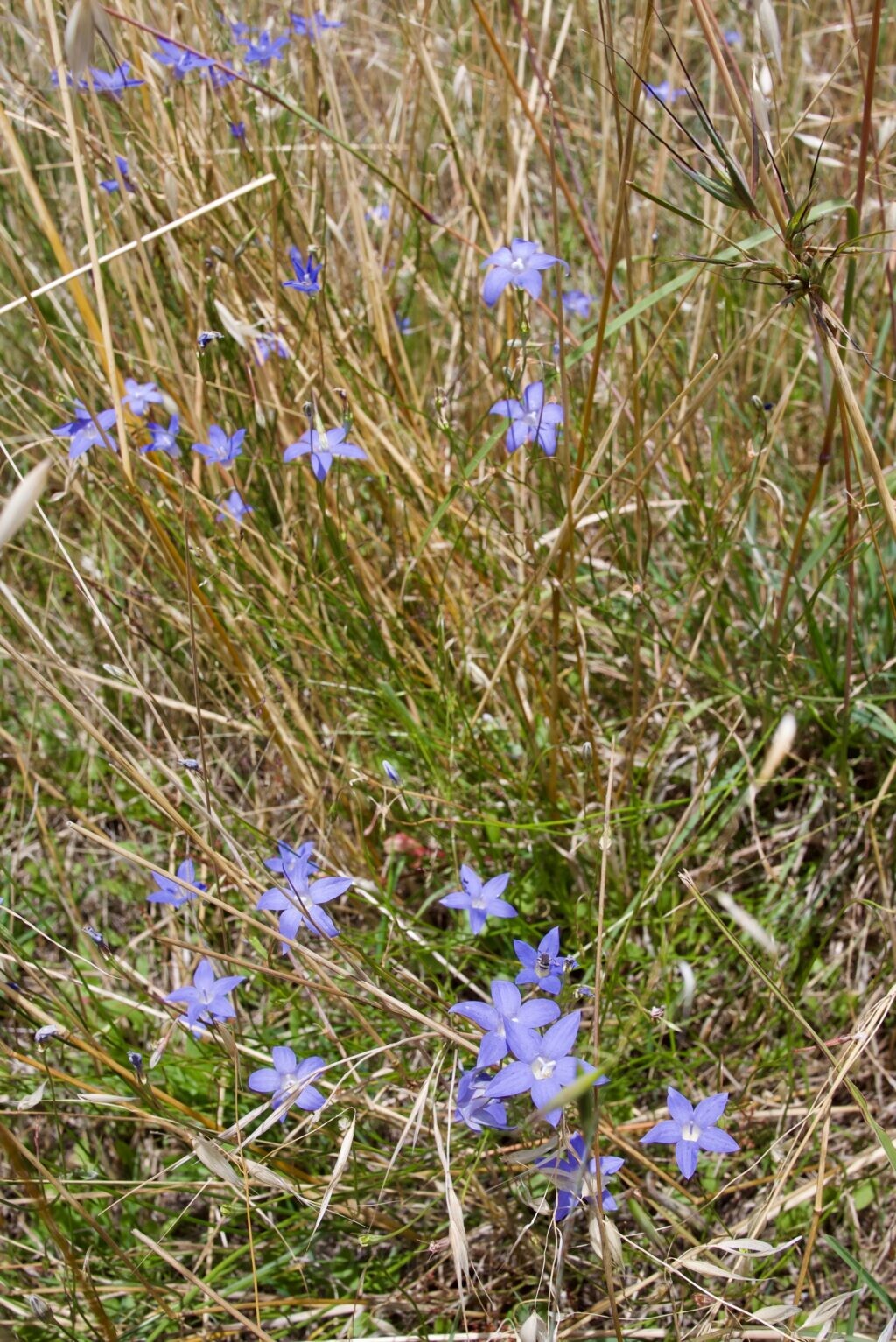
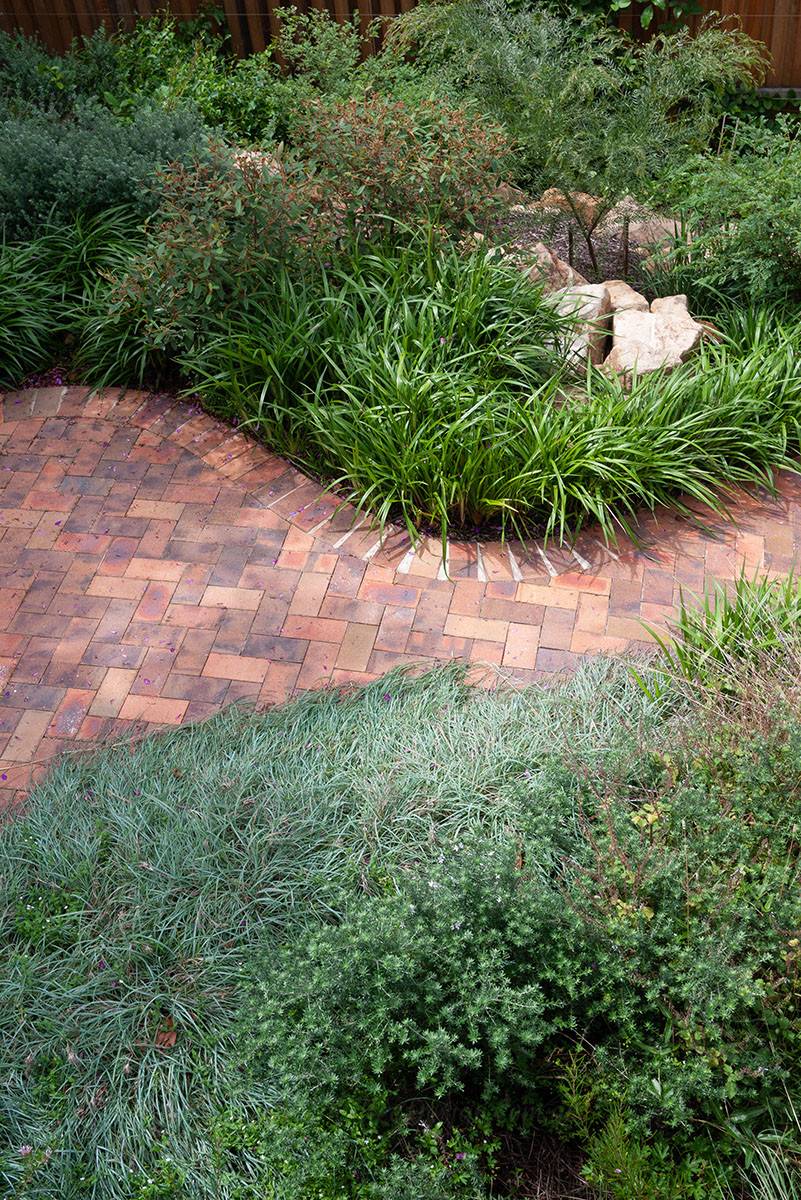
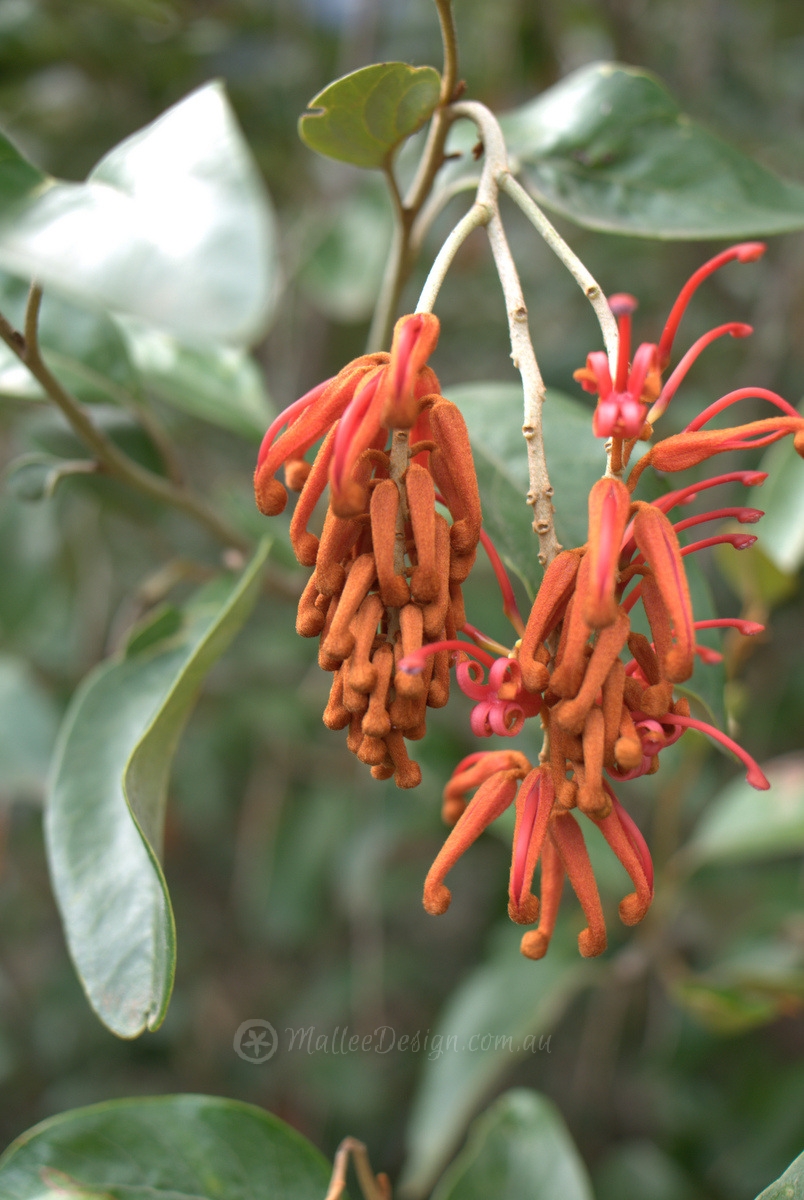
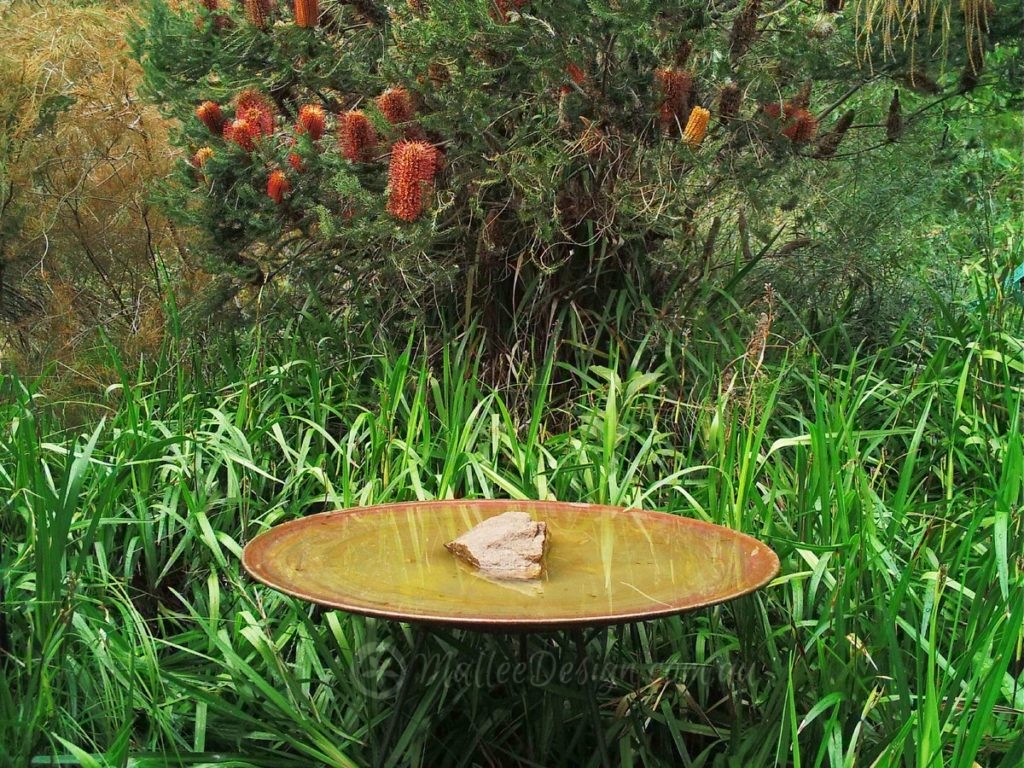
Leave a Reply